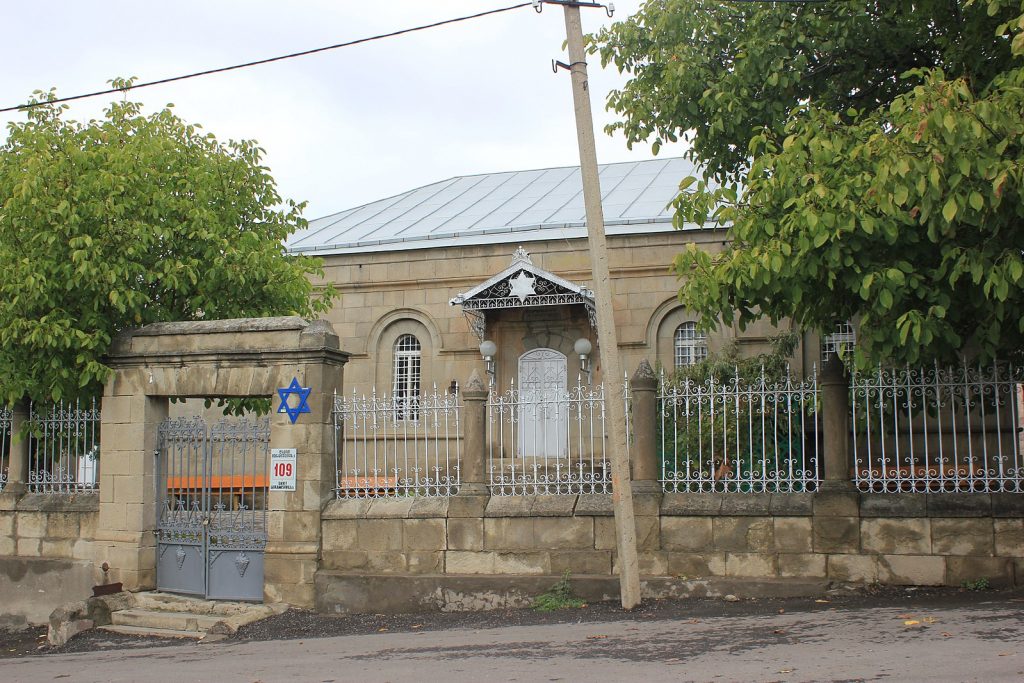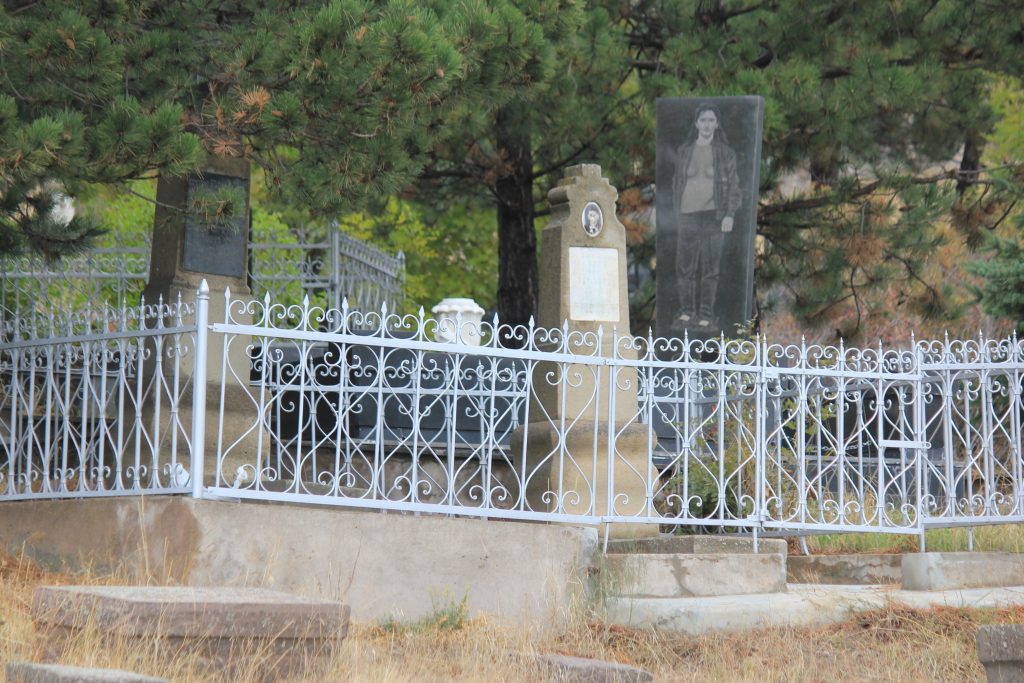
A very interesting encounter with Georgian Judaism is possible by visiting the village of Akhaltsikhe. Located on the road to Batumi, the second largest city in the country, Akhaltsikhe is accessible from Tbilisi either by minibus or taxi, about three hours drive. You can also take the train to Moliti station, then taxi to Akhaltsikhe.
It is in the old district of Rabati, located in the city center under the fortress, that is the oldest synagogue of Georgia still partially in service.

Built in 1863, this Georgian rite synagogue was extensively renovated in 2012 and now features a beautiful interior of painted wood.
Partly used as a museum where the portraits of the generations of rabbis who have officiated, it is open for tourists in the summer, mainly Israelis, who come to visit the region.
In the same street, about twenty meters below, you will find the second synagogue of Akhaltsikhe, built at the beginning of the twentieth century and now abandoned, having served as a gym from the early 1970s on.

However, the building remains in a relatively good state of conservation. Located on a hill overlooking the ancient Jewish quarter, the imposing Jewish cemetery of Akhaltsikhe houses tombs, some dating back to the seventeenth century.
The inscriptions in Ladino that you will notice on some of them confirm that at least some of the Jews of the city had arrived from the Ottoman Empire and originally came from the Iberian Peninsula, which seems consistent with the proximity of Turkey, only a few kilometers away.
You will be able to finish your visit with the Akhaltsike Fortress Museum, where several paintings depicting the life of the Jewish community of Akhaltsikhe in the nineteenth century are displayed.